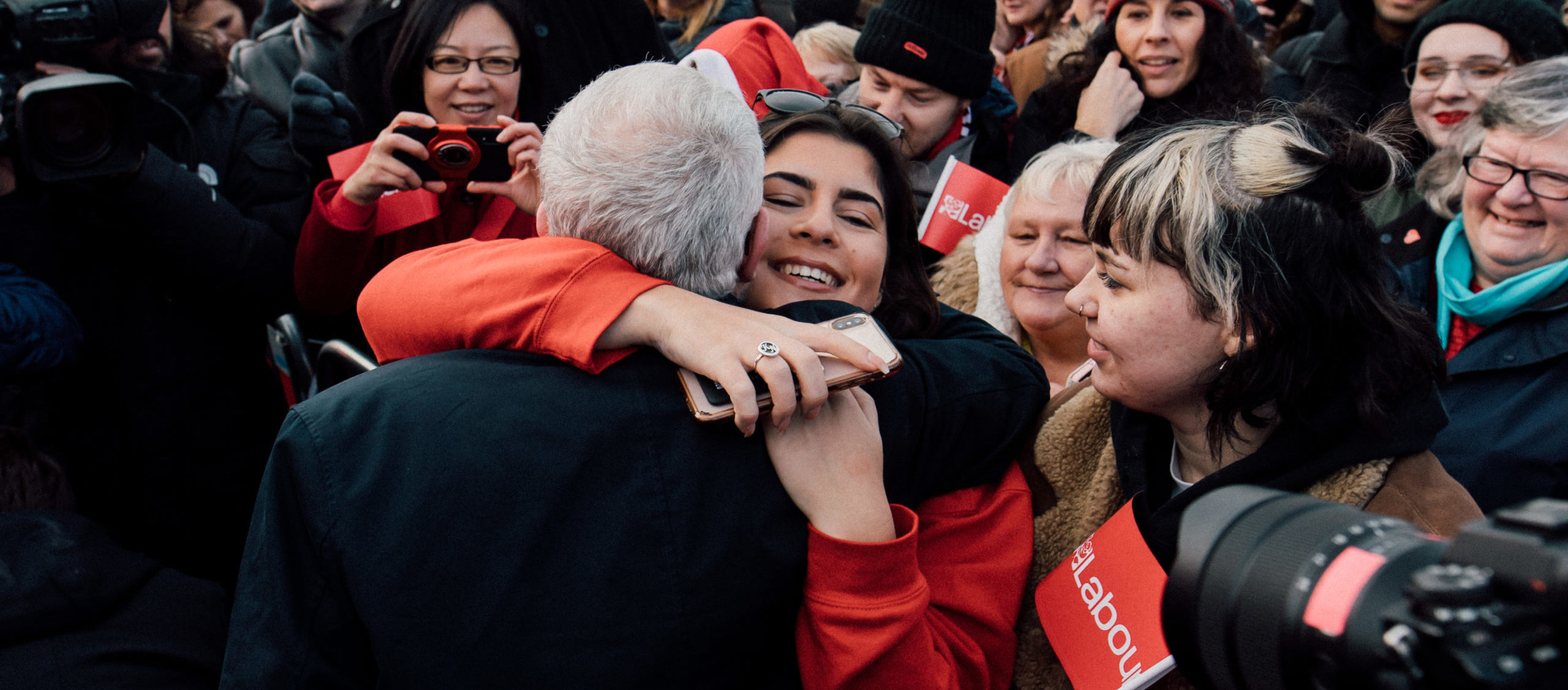
It’s been 10 years since the first rupture of the student movement. Somewhat inevitably, much of the millennial left has been caught in wistful reverie, remembering when it was possible to express one’s politics by laying waste to Millbank rather than trudging around marginal constituencies, begging the electorate for a mere crumb of social democracy. But the anti fees and cuts movement was more than just a sexier time, where everyone wore black and had an aura of subversive intent.
As Matt Myers put it in Student Revolt: Voices of the Austerity Generation, the winter of 2010 was “a moment of heightened transition, a catalyst in the decomposition of old politics and organisations and the founding of new experiences and new methods of organising.” Students from across the country darted back and forth between the draughty halls of occupied universities and the freezing streets of Westminster, oscillating between heady optimism in the possibility of these fast-forged collective bodies and bitter disappointment in the country’s elected representatives.
Today marks the ten year anniversary of the second major demonstration of the 2010 student movement. Millbank had turned a protest into a movement. Thousands of students were ‘kettled’ by police in Whitehall for hours in the freezing cold as a dozen UK universities were occupied. pic.twitter.com/CTDmw1l6ym
— Matt Myers (@MattJMyers) November 24, 2020
After the news of the vote filtered through, the Conservatives, with the help of the Liberal Democrats, had managed to treble tuition fees. Mistrust hardened into an outright scorn for politicians, of both the parliamentary and NUS variety. Notable exceptions were Labour backbenchers Jeremy Corbyn and John McDonnell, who came to offer words of advice to the shocked and thoroughly miserable students. It was nice of them; but it wasn’t as if these two old lefties who’d been marginal in the party all their careers were ever going to be important enough to make much of a difference. Electoral politics was a dead end.
Fast forward to 2015, and the young make up the core of Jeremy Corbyn’s support. In the 2017 general election, over 60% of under-29s voted for Labour, with the Conservatives only securing majorities of voters aged 50 and above. Even in 2019, with swings away from Jeremy Corbyn across the board, his party still picked up the clear bulk of under-30s. The staffing choices in the leaders’ office and Momentum reflected the diversity of the Corbynite coalition: seasoned trade unionists and Bennites rubbing shoulders with 20-something anarcho-lites with a penchant for distributed organising. From the pledge to abolish tuition fees to the promise to restore EMA, support for climate school strikers and ambitious plans to build council houses, the instincts of the Corbyn project were to reward the faith placed in them by the country’s disenfranchised youth.
We often say that young people are the leaders of tomorrow, but recent events have shown they are the leaders of today.
This is our manifesto for them, our Youth Manifesto: https://t.co/ILP0Zr3vwu #TheFutureIsOurs pic.twitter.com/cyGcECWqgV
— Jeremy Corbyn (@jeremycorbyn) November 23, 2019
Today, as the country’s media class unite to stick the boot into a man who lost an election nearly a year ago, some would say that the disenchanted students of 2010 got it right the first time – with the establishment ranged against you, change is impossible to secure through the ballot box. The young are disproportionately excluded from an economic settlement stacked in favour of asset owners, investors and the managerial class. And certainly, addressing generational inequality appears to have slipped down the list of Labour’s priorities since Corbyn’s departure.
It’s striking that Keir Starmer rarely talks about the young unless they’re children: the appeal is geared towards parents, rather than tenants, precarious workers and indebted students. Meanwhile, his shadow housing minister, Thangham Debbonaire, has remained tight-lipped on a university rent-strike taking place within her own constituency. Labour’s support in cities and amongst the young is seen as a source of embarrassment, a sign that the party has abandoned the ‘real’ working class of homeowners and pensioners. The 2015-2019 window in which young people had proper political representation has been slammed shut by the new leadership.
But that symbiotic relationship between Corbynism and the young is something the left should reflect on, no matter how nauseous the idea of having the majority of the working-age working class on your side makes the self-appointed ventriloquists of the ‘red wall’. Indeed, the mass mobilisations of a decade ago (Millbank, Parliament Square, 26 March, and yes, the uprisings which began in Tottenham and spread across the country) were themselves the direct consequence of a lack of political representation.
Ignore the culture war prattle for a moment: if two years ago anyone had said that Premier League footballers would take the knee in solidarity with Black Lives Matter at the start of every match, or Boris Johnson would promise to ban petrol and diesel cars by 2030, they’d have been bundled to the floor and sedated. BLM, Extinction Rebellion, and School Strike for Climate are (unevenly and bit by bit) transforming a reluctant political culture – and there’s no reason it should stop there.
The pandemic has brought the need for renters’ unions sharply to the fore, while being held hostage in halls to pay £9k for Zoom teaching is politicising a new generation of students. These aren’t ‘reasons to be cheerful’ so much as they are signals to the left to see a little further than the loss of political representation in the Labour leadership. The lesson of Corbynism is that the electoral left is born of, and sustained by, the extra-parliamentary activity of young people – not the other way around.
Ash Sarkar is a contributing editor at Novara Media.